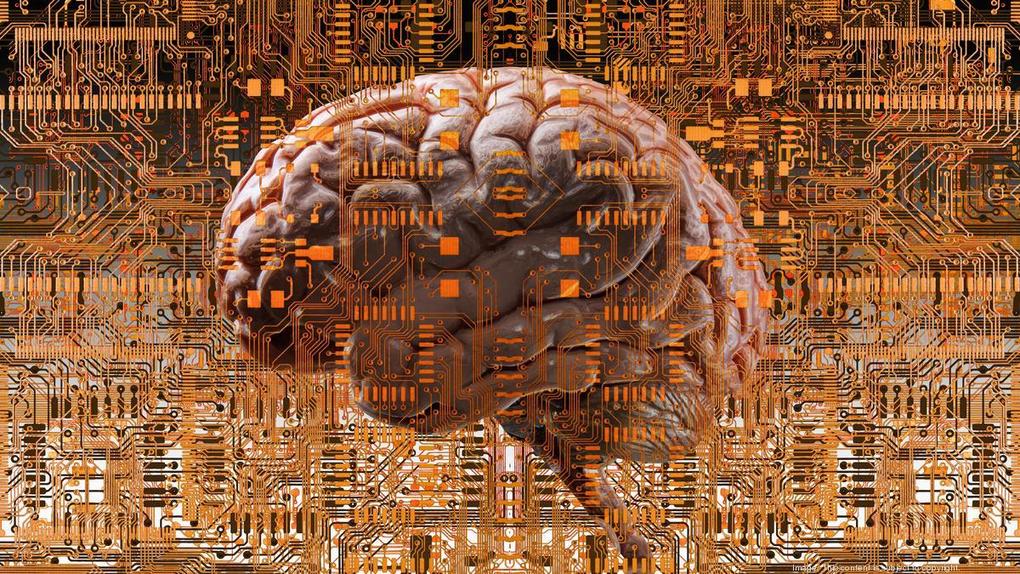
OEN Member NewsThe Disruptive Power of Technology: Seven Peaks Ventures, NurseGrid (Portland Business Journal)
Technology is causing disruption in most every industry. Health care is no exception.
“We are headed for a tsunami, changing the very nature of health care,” said California-based health care futurist Joe Flower, whose clients have included the World Health Organization and the Department of Defense.
Virtual and augmented reality are being used to train doctors, artificial intelligence has the potential to transform diagnostic medicine, 3D printing is being used to create prosthetic limbs, Robots are assisting surgeons, software is streamlining medical records management, apps are enabling virtual care, and telemedicine is connecting specialists with patients in rural communities where few, if any, physicians are practicing.
Much of the technological revolution in health care is being driven by data and advanced by collaborations between technology companies and health care providers. Intel and Oregon Health & Science University, for instance, are partnering on a precision medicine initiative in which vast stores of data are being crunched in an effort to tailor treatments and prevention strategies to a patient’s individual characteristics, including their unique genetic profile.
“We’re shifting from a health care industry driven by pharmacy, to an industry driven by data. Soon, data will be more valuable than pharmacy. Jobs will shift accordingly,” said Colorado-based futurist Thomas Frey, a former IBM engineer. “A lot of people think we’re going to automate health care workers out of existence. I don’t think that’s going to be true at all. We are automating tasks out of existence, not jobs.”
The technological revolution is, in fact, creating new opportunities across the health care spectrum. Emerging disciplines include engineers and machine techs who specialize in health care, information technology managers, virtual health care managers, epigenetic counselors, health informatics specialists, the list goes on.
And, of course, the need for nurses, doctors, physician assistants, medical assistants and other frontline providers will remain, especially as the population ages.
“Patients are always going to want to have human interaction with doctors and nurses. Nobody wants a robot telling them they have stage-four cancer,” said former Intel futurist Steve Brown, who also speaks regularly at health care events.
In an effort to better understand the “tsunami” of change, we talked not only to futurists, but also health tech entrepreneurs and investors. To follow are 3 technology disruptors that they believed will have the maximum impact in the years ahead.
Artificial intelligence
In its simplest form, AI is a task that can be performed by a computer just as easily as by a human. It’s powered by historical data that can be used to create what is essentially a “smart” machine that can perform automated tasks. What’s notable is that AI is advancing in ways that are allowing machines to become even more intelligent, and thus, able to handle more complex tasks.
“AI will be far less about us trying to understand the technology and far more about the technology trying to understand us,” Frey said.
AI is transforming health care on multiple fronts, including in the development of powerful algorithms and machine learning that result in more accurate diagnosis and effective treatments, robots used to provide in-home care, and drones to deliver medical equipment and medicine.
“Artificial intelligence is the second wave of computing. The first wave lasted about 50 years,” Brown said. “It solves a whole different group of problems. It will help doctors and specialists do more with the precious time they have.”
For example, a new retinal scan eliminates the need for drawing blood, and AI is rivaling dermatologists when it comes to diagnosing melanoma, he said. Already available: a smart toothbrush that evaluates brushing technique and coaches to improve performance. The brush then reports performance data to the patient’s dental insurance provider, which may offer a 10 to 15 percent premium discount.
There is the threat of worker displacement. Most at risk from AI-powered technology are health care technicians who perform simple, repeatable tasks, such as phlebotomists. The demand for office workers will also decrease. There could be machine learning bots, for instance, “fighting each other to settle insurance claims,” Brown said, adding that “occasionally, human intervention will be required.”
The takeaway here, though, is that AI will make doctors and other providers more effective by improving their ability to diagnose illnesses and interpret test results.
Health Informatics
Health informatics describes the process of compiling, storing, retrieving and analyzing a patient’s data and fostering collaboration between multiple providers to deliver better health outcomes. It is, in many respects, the engine that powers precision medicine.
Currently, doctors write prescriptions based on what’s known about the general population’s average response to a particular medication, a shotgun approach that is often ineffective and sometimes fatal. Precision medicine, where pharmacology is tied to the patient’s unique genome, will help erase life-threatening disease, reducing the need for long-term or palliative care.
The field of health informatics received a tremendous jolt from the Affordable Care Act, which mandated the creation of electronic health records (EHR) so that those records could be easily shared between patients’ primary care doctors, specialists, hospitals and clinics, essentially any provider who could benefit from reviewing a medical history. EHRs reduce medical mistakes and waste, and are a rich source for clinical researchers, helping develop new treatments, gain insights and identify epidemics.
“The walls have tumbled down,” said futurist Flowers. “It’s the biggest change in health care information we’ve seen in our lifetime.”
It has also set the stage for an entirely new set of health care professionals with the skills to collect, analyze and apply copious amounts of information. They include nurse informaticists, medical records and health information technicians, clinical data analysts and health IT consultants.
Software and devices
Tech startups are introducing software and devices for the health care marketplace at a lightning-quick pace.
“We see a tremendous opportunity in the digital health care/health IT space to transform all corners of the industry, from how a doctor engages with patients in person or remotely from their home, to back office functions and systems that can dramatically reduce costs,” said Corey Schmid, general partner with Bend-based Seven Peaks Ventures, which invests in health startups. “We have an eye out for those companies that have created a solution that can dramatically condense the workflow for some portion of the system.”
That includes Bright.md, which has raised $11.5 million from investors including Seven Peaks and B Capital Partners Group. The Portland company’s software acts as a virtual physician’s assistant, enabling primary care providers to deliver remote care. Using the tool, a patient can check in electronically, fill out a brief questionnaire and download a prescription for a simple condition like a bladder infection or the flu. The doctor needs just a couple of minutes to complete the transaction, slashing workload by up to 30 percent.
NurseGrid of Portland has delivered another industry-disrupting tool, this one designed to ease the workload and stress for nurses. The startup’s scheduling management platform serves nurses and hospitals by connecting colleagues and managing schedules. More than 500,000 nurses use the mobile app, and the company, which raised $5.7 million in January, has 45 employees.
The app “puts the power back in the nurse’s hands,” said CEO Joe Novello.
There isn’t a corner of the health care marketplace that isn’t feeling the disruptive power of technology. Sensors that emit wall-penetrating radio waves to detect whether an individual has stopped breathing or has fallen and that can trigger an alert to a caregiver are being installed in nursing homes and being used to help seniors remain in their homes; so-called magic carpets are being used to analyze a patient’s gait for early signs of Alzheimer’s, Parkinson’s or stroke; and 3D printing technology is being used to grow organs, produce skin for burn victims, combine multiple medications into a single pill and to make prosthetic limbs.
These technologies are eliminating the need for some professions, but no one anticipates that the overall workforce will shrink. In fact, a 2016 State of the Oregon Workforce report compiled by the workforce development organizations WorkSystems Inc., Workforce Southwest Washington and the Clackamas Workforce Partnership identified health care as the industry that will experience the most robust job growth between now and 2024, with the total workforce increasing by 23 percent, or 132,505 jobs.
“The greatest disruption is not necessarily going to be new clinical devices or clinical techniques,” said the Flower. “The greatest changes will revolve around reorganizing health care.”
That includes ensuring that workforce training is aligned with the opportunities that technology is creating.
Source: www.bizjournals.com

